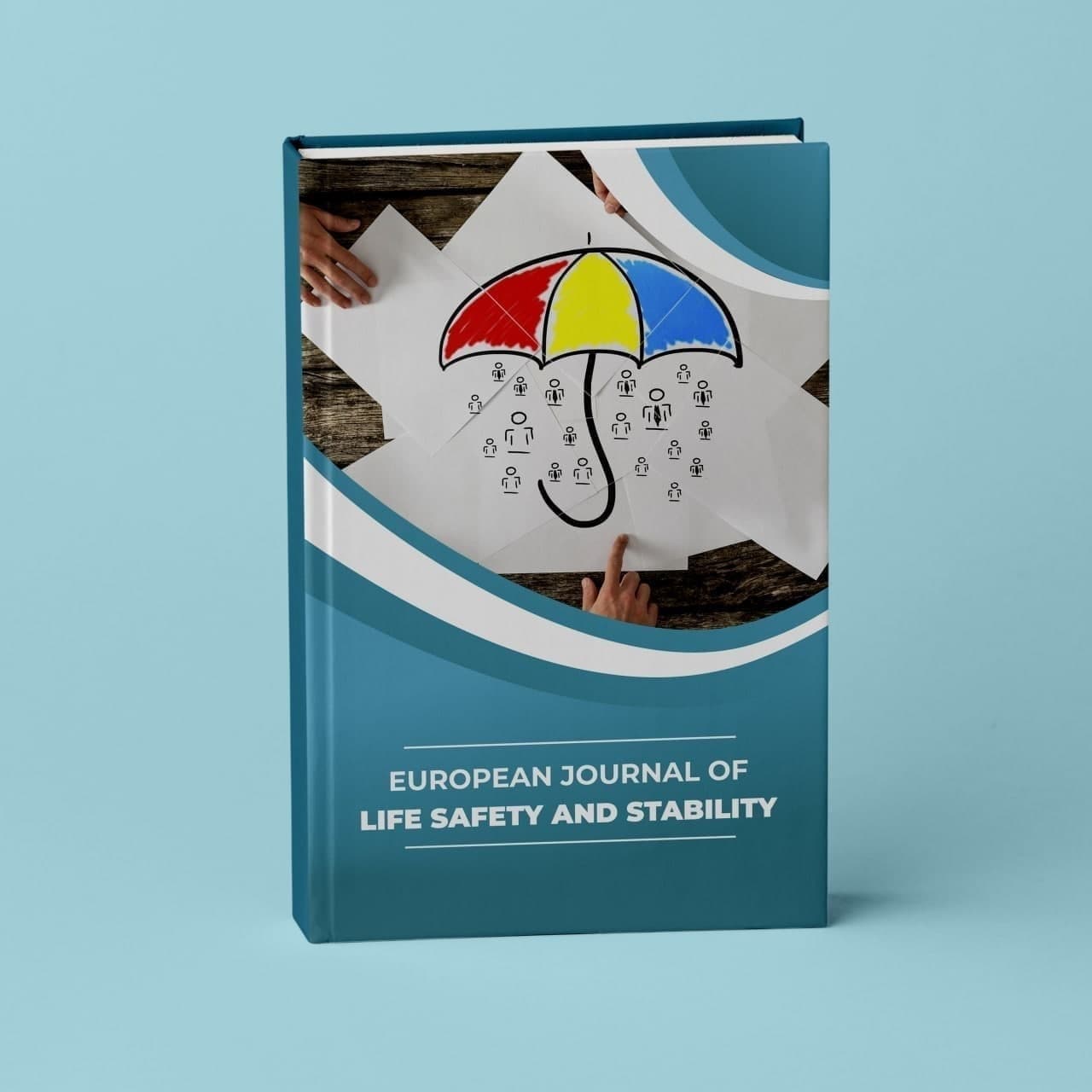Abstrakt
This article focuses on the moral education of young people and its impressionable factors. It is also stated that joint activities of neighborhood, family, school and community organizations play an important role in moral education of youth.
Bibliografia
Sh.M.Mirziyoev. Together we will build a free and prosperous, democratic state of Uzbekistan. - T .: NMIU "Uzbekistan", 2016, 14 p.
A.Q. Munavvarov, M.Mamurov .Yaproq ildizidan quvvat oladi. T .: Uzbekistan, 1990, 32 p.
E.Yusupov. Factors of spiritual maturity.T .: Universitet, 1995, 3 p.
A. Fitrat. Rakhbari najot. Anthology of Uzbek pedagogy. Volume 2. T .: Teacher, 1999, p.56.
Mukhammadsidiqov, M. (2019). Problems of regulation of secularism and religious principles in Arab countries. The Light of Islam, 2019(4), 23.
Mukhammadsidiqov, M. M. (2019). THE DEVELOPMENT OF ENERGY SECTOR IN CENTRAL ASIA AND THE ROLE OF UZBEKISTAN IN IT. Theoretical & Applied Science, (6), 532-534.
Mukhammadsidiqov, M., & Turaev, A. (2020). The Influence Of The Energy Factor On Modern International Relations. The American Journal of Political Science Law and Criminology, 2 (12), 5, 15.
Muhammadsidiqov, M. (2018). THE INFLUENCE OF" RELIGIOUS FACTOR" ON ETHNO-POLITICAL AND CONFESSIONAL CONFLICTS IN MUSLIM COUNTRIES. The Light of Islam: Vol: Iss. 1, Article 18.
Mukhammadsidiqov, M., & Turaev, A. (2020). Influence of us neoconservatism on formation of national security paradigm. The Light of Islam, 2020(3), 113-120.
Turaev, A. (2019). Islamic factor in neoconservative foreign policy of the USA in the Middle East. Theoretical & Applied Science, (2), 175-178.
